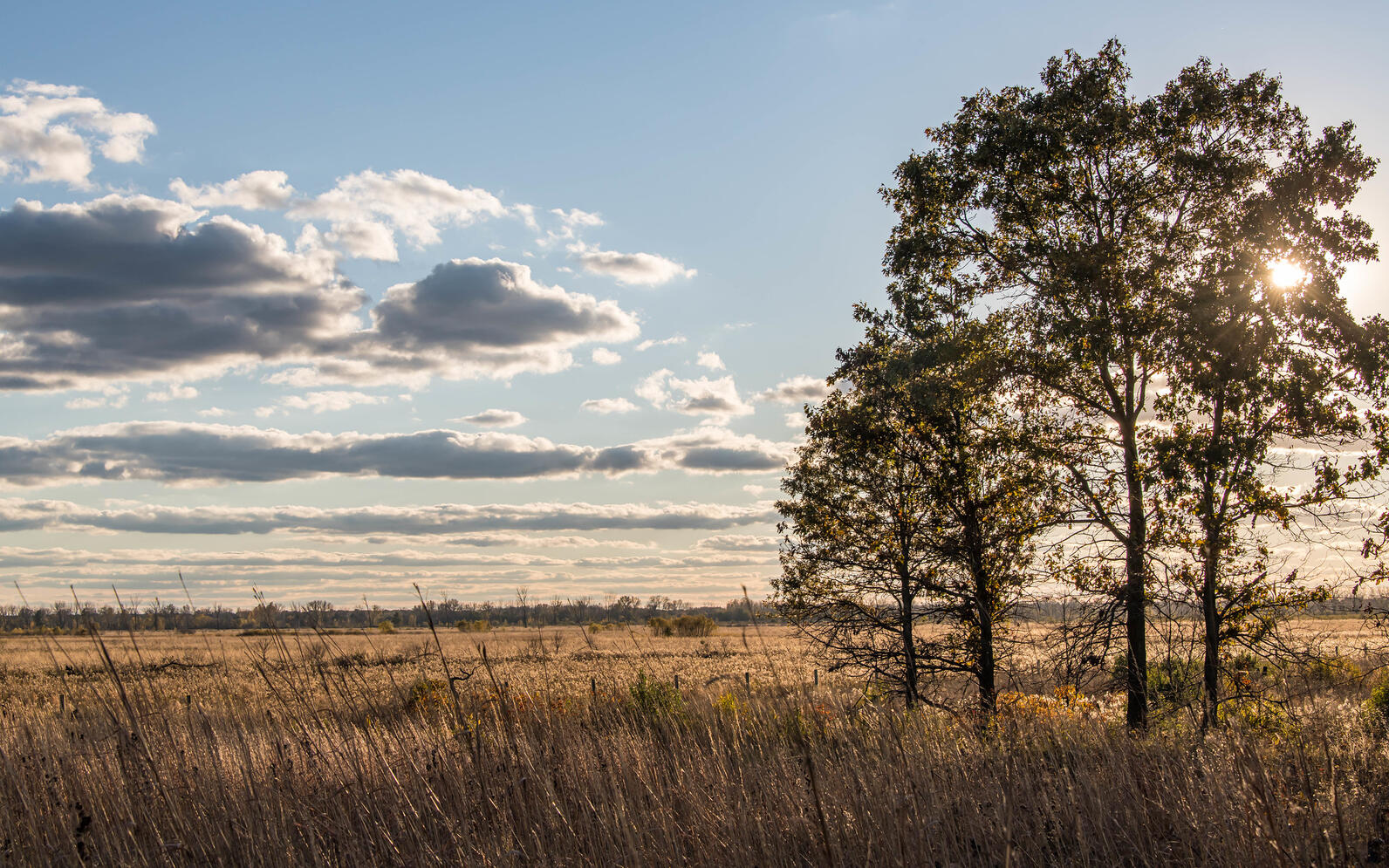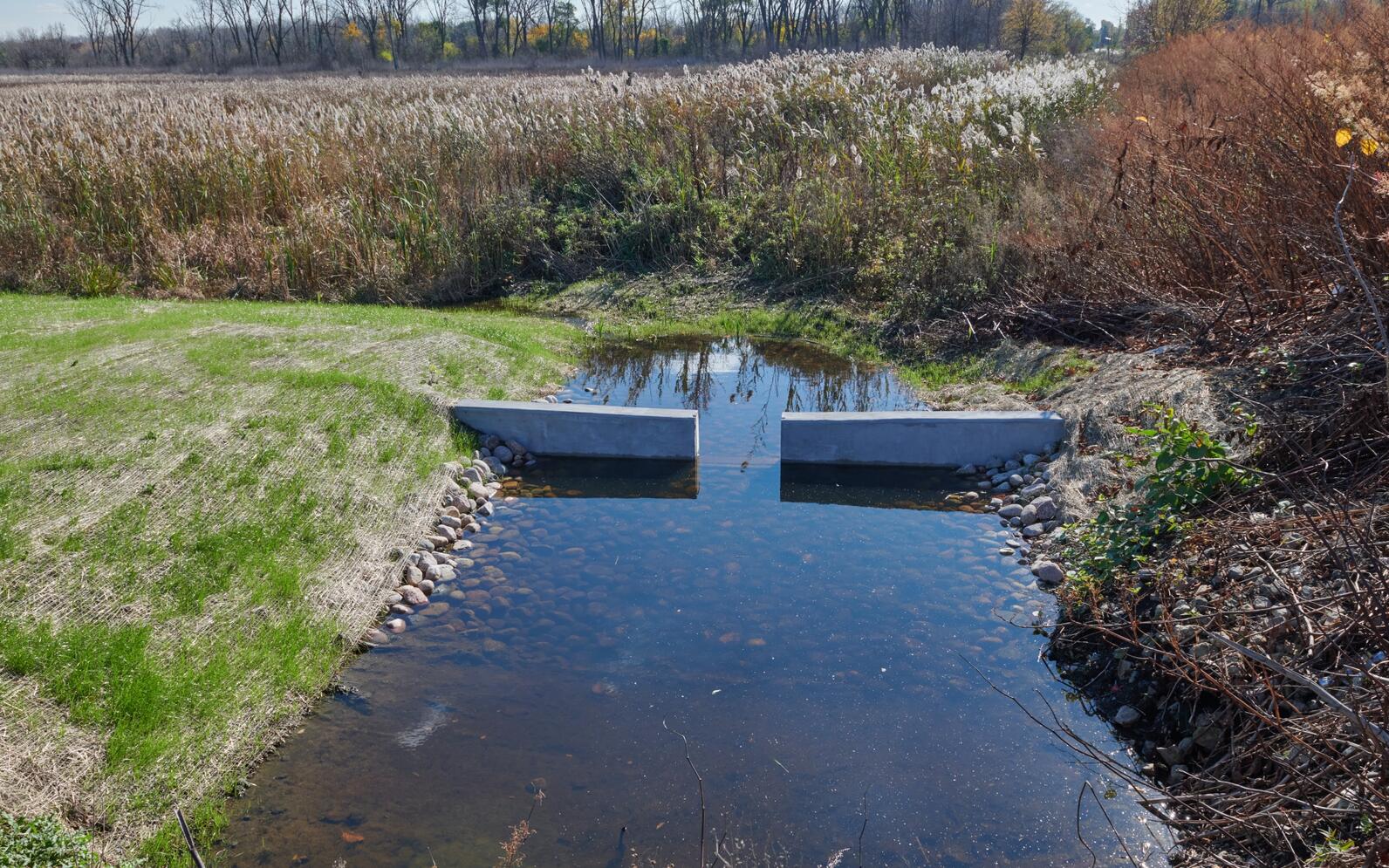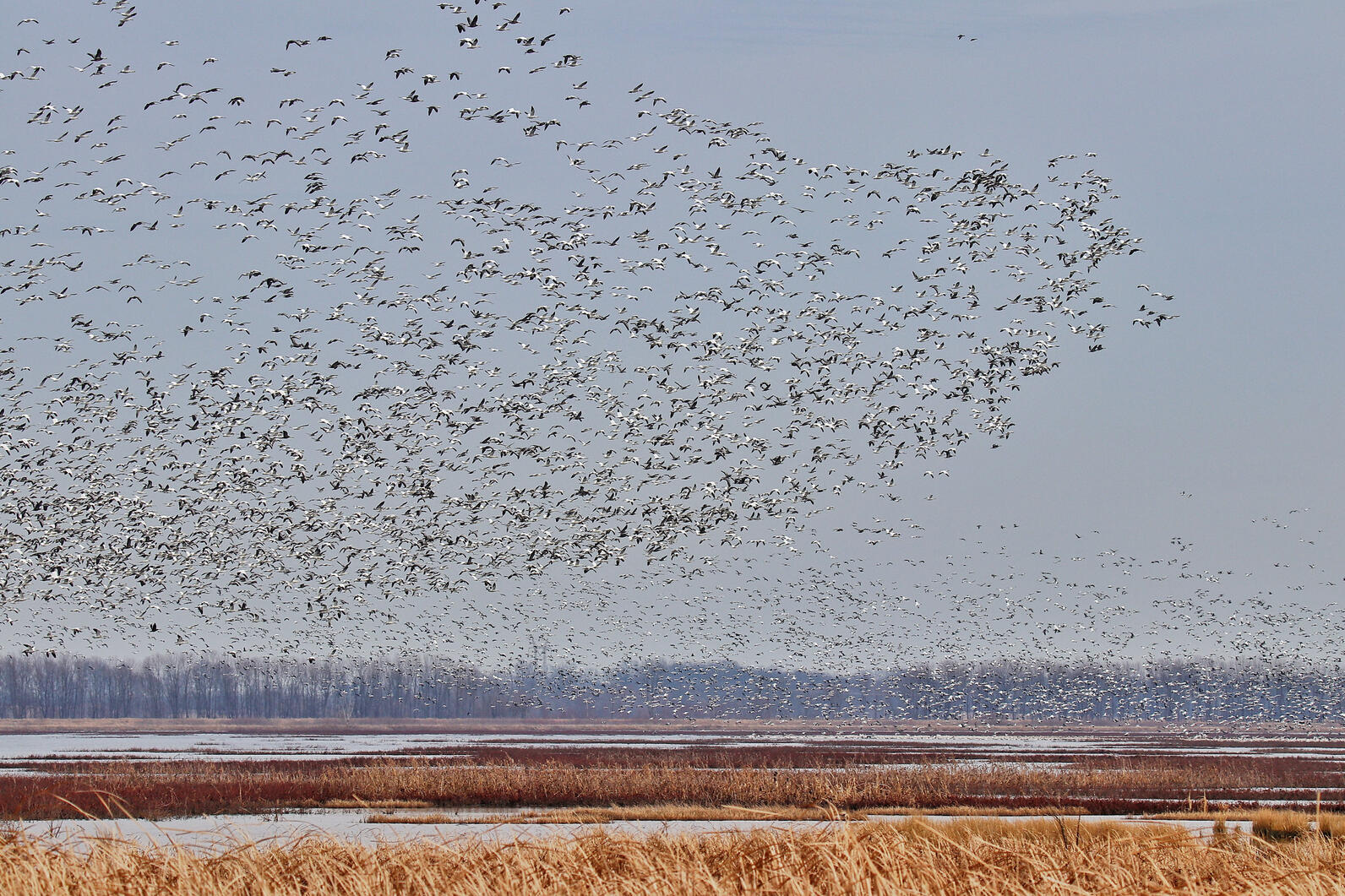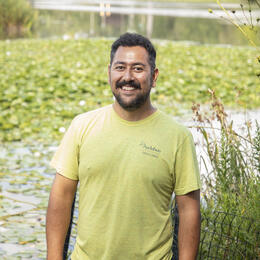Indiana was once a very wet state. Many of Indiana's wetlands have been lost from development (85 percent!), but the wetlands that still exist are key to the health of birds and communities across Indiana.
During migration more than 100 species use Indiana’s wetlands for food, shelter, and rest during their long and arduous journeys. Watchful birders can spot waterfowl, marsh birds, shorebirds, raptors, songbirds, and secretive marsh birds (though these may be easier to listen to), in Indiana’s wetlands. Come springtime, state wetlands provide important habitat for birds to nest and raise their young.
From swamps to wet prairies -- Indiana’s wetlands also provide numerous benefits to local communities, including protecting us from flooding, keeping our water clean, and storing harmful carbon pollution. It’s official: Hoosiers love wetlands and there’s no better time to celebrate Indiana’s wetlands than World Wetlands Day, this Friday, February 2!
Celebrate wetlands with us, as we dive into some of our favorite Indiana wetlands:
Kankakee Sands Preserve, Morocco, Indiana

Wetlands, like Kankakee Sands Preserve in Northwest Indiana, offer some of the best birdwatching and outdoor recreation opportunities in Indiana! The 8,400 acres of wetlands and prairies at Kankakee Sands provide important habitat for 240 bird species, including vulnerable secretive marsh birds, such as American Bitterns, migratory birds such as American Woodcocks, as well as a variety of waterfowl, marsh birds, waterbirds, shorebirds, hawks and owls, songbirds and more!
Indiana is a naturally low-lying state that is repeatedly at risk of flooding. Riverbeds, lakes and streams help to direct this flow of water, but the true hero is our wetlands. Wetlands like Kankakee Sands provide a natural resting ground for water. Just one acre of wetland can store up to one million gallons of water! Additionally, wetlands filter water for Indiana’s communities by removing sediments and pollutants from ground water.
Kankakee Sands is part of the historic Grand Kankakee Marsh wetland system, which was one of the largest in the U.S. in the 1800’s. While much of this wetland system has since been drained and developed, partners at The Nature Conservancy now manage the Kankakee Sands Preserve, and are working to restore water flow and seasonal flooding to the wetlands in the surrounding area.
Bonus tip: In addition to birding, Kankakee sands offers bison viewing, a 1.5 mile walking trail, and endless opportunities for nature photography.
MLK Wetlands South, Gary, Indiana

Located within Audubon Great Lakes’ Calumet priority region is MLK Wetlands South. Spanning from northwest Indiana to Southeast Chicagoland, the Calumet region once consisted of nearly 45,000 acres of marsh and wet prairie. As development began to dominate the region, marsh bird populations were decimated. Despite this massive land conversion, the patchwork of marshes that remain still continue to support incredible biodiversity. Some of the richest natural areas in the Midwest are hidden among the Calumet region’s residential, urban, and industrial development.
More than 120 bird species have been observed at this site, including migratory birds like Trumpeter Swans, Gadwall, and Greater and Lesser Yellowlegs. If you venture out early during summer mornings, you might hear the songs and calls of breeding marsh birds like Sora, Virginia Rail and Common Gallinule. Songbirds like Eastern Kingbird, Warbling Vireo, and Blue-gray Gnatcatcher also call this wetland area home.
We’re working with partners at MLK Wetlands South, and sites across the Calumet region, to restore wetlands and create habitat conditions that birds need to thrive! Since 2021, the area has undergone extensive invasive species management and its first prescribed burn in at least 100 years thanks to our work with partners Lake County Parks, Little Cal River Basin Development Commission and The Wetlands Initiative. Prescribed burns go a long way in helping to eliminate Phragmites, an invasive reed. Last year, a water control structure was also installed, which will help land managers adjust water levels to create optimal conditions for birds.
Goose Pond Fish and Wildlife Area, Linton, Indiana

Wetlands like Goose Pond Fish and Wildlife Area in southwest Indiana play a vital role in sustaining Indiana’s outdoor industry and the economy of surrounding communities, providing a haven for various recreational activities such as hunting, fishing, birdwatching, hiking and kayaking. It is noteworthy that 59% of Indiana residents actively participate in outdoor recreation, contributing to a thriving $15 billion outdoor recreation industry
A former farm, Goose Pond is being restored back to wetlands and prairie. The Wildlife Area boasts a 3,850 acre wetland complex, including 37 miles of levee construction, and 42 water control structures that helps create a mosaic of different habitat conditions that birds need to thrive.
Goose Pond Fish and Wildlife Area has hosted over 250 bird species over the years!
How You Can Help Indiana’s Wetlands
A quick overview of just three of Indiana’s hardworking wetlands illustrates how important these natural areas are to Indiana’s wildlife and communities. Big and small, these important places are an important part of Indiana’s ecosystem, and propel our economy.
You can help protect Indiana’s remaining wetlands.
Two years ago, Indiana lawmakers rolled back protections for more than half of Indiana’s wetlands. A bill that recently passed out of the Indiana House of Representatives would further reduce wetlands protections for Indiana’s remaining wetlands.
The Indiana Senate has the opportunity to amend this bill so it doesn't leave the most ecologically important wetlands out to dry. There‘s still time to improve this bill. Urge your state senator to amend HB 1383 to protect Indiana wetlands.








